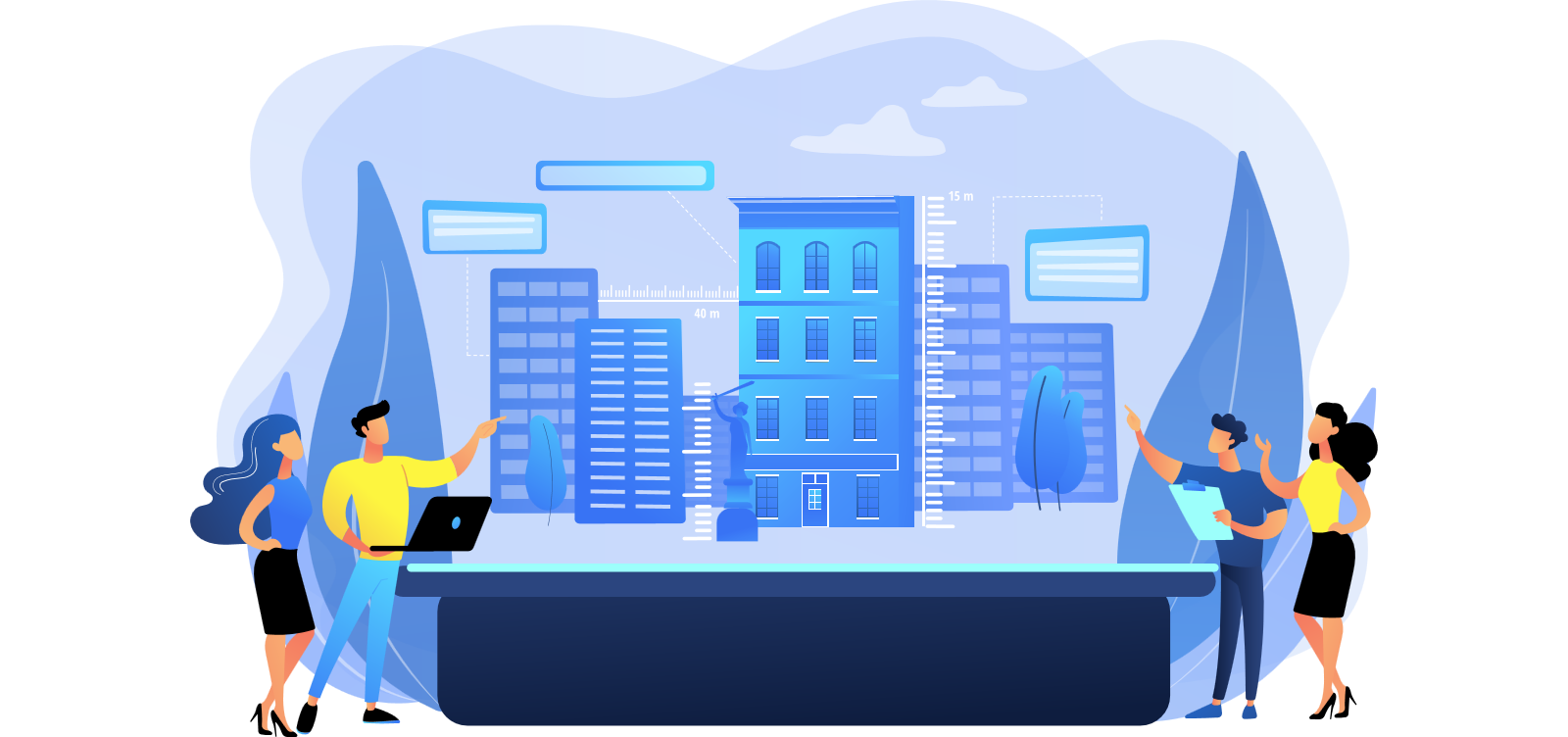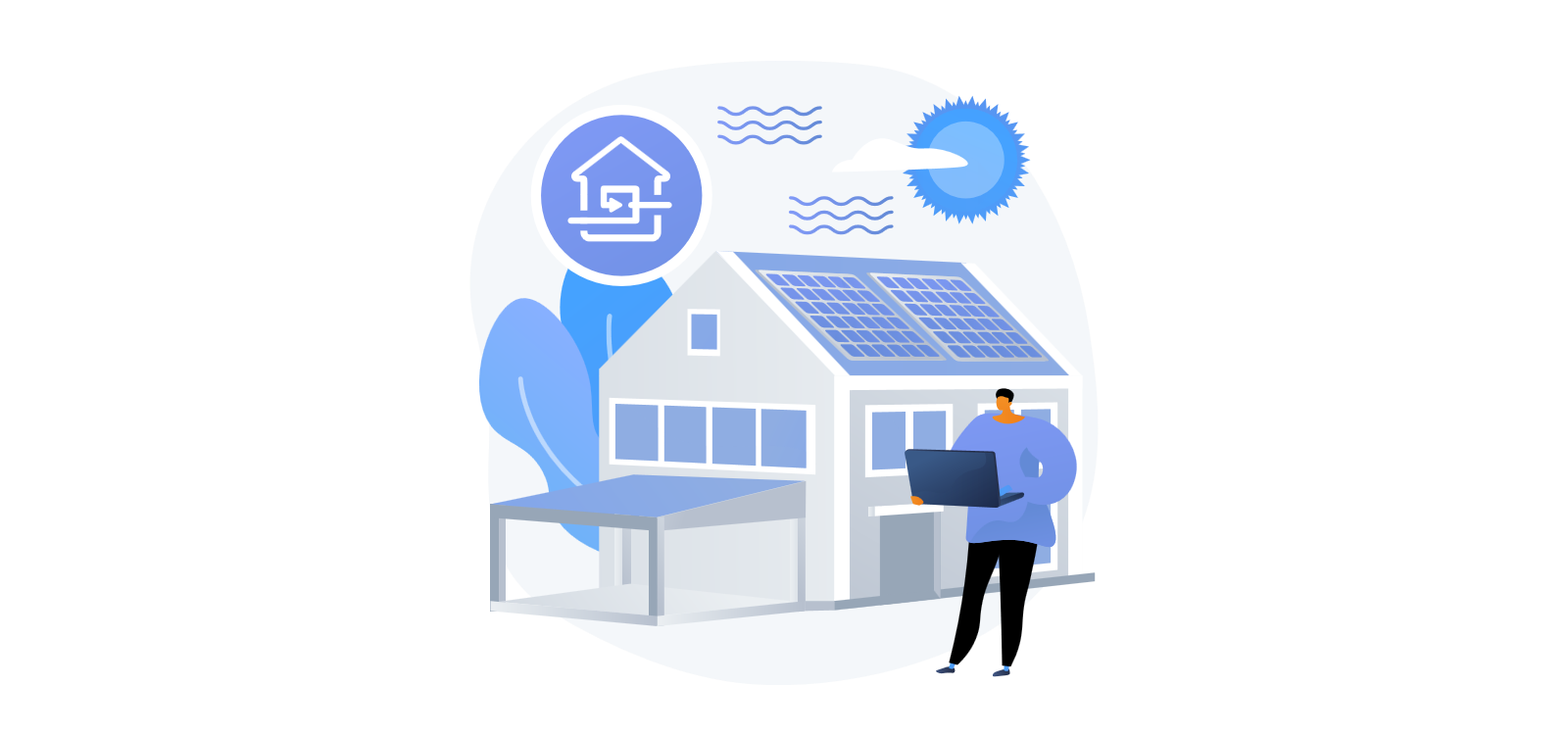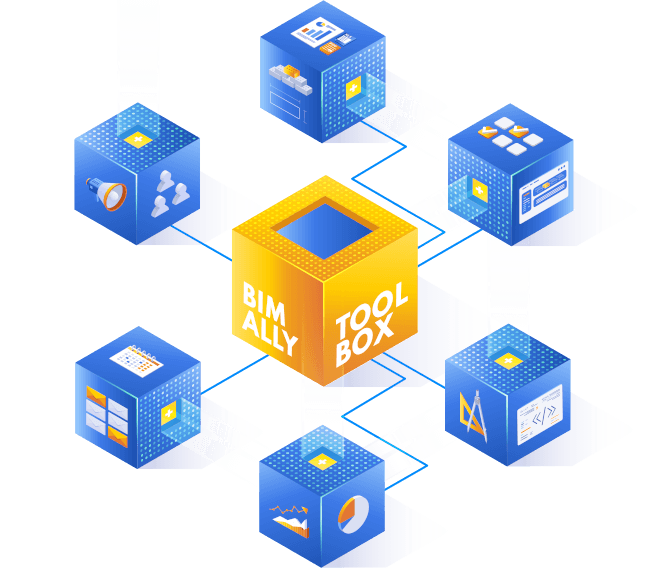How does BIM support sustainable development?

Building Information Modeling (BIM) is an advanced technology that influences the processes of design, construction and use of buildings. BIM supports the principles of development in construction through the use of various ecological, economic and social methods. It contributes to more sustainable and efficient buildings and infrastructure. Here are some principles of how BIM can apply development principles:

1. Energy efficiency and optimization of resource use
- Terminal analysis: BIM enables the use of utility products. They help optimize buildings by minimizing heat and thermal energy losses for heating and cooling.
- Optimization of HVAC systems: Integrated BIM models of modules for detailed design of heating, ventilation and air conditioning systems. Enhanced performance of these systems and reduced energy.
- Water resources management: thanks to BIM, it is possible to design rainwater collection and drainage systems as well as water-saving systems. This leads to less water consumption in the installation.
2. Waste reduction and recycling
- Accurate material planning: With BIM, you can accurately check the availability of building materials. Reducing the amount of waste shipped from delivered materials.
- Material recycling: BIM facilitates the use of materials that can be reused or recycled. Digital models can contain information about the life cycle of materials. This favors pro-ecological decisions.

3. Better air quality inside buildings
- Air outlet simulations: BIM models that activate air switches to optimize performance and ensure proper air quality in the steering system.
- Material selection: BIM allows the selection of construction materials for volatile emissions (VOC). Thanks to this, the air inside buildings is of the available quality.
4. Building life cycle management
- Maintenance planning: by using a BIM model, building managers can better plan maintenance and repairs. Such activities enable extension of expansion costs and minimize renovation costs.
- Energy consumption monitoring: BIM enables real-time utilization of energy consumption and other resources. Possibility to apply in case of inefficiency and take corrective action.

5. Project management and cooperation
- Data integration: BIM integrates data from various sources, which enables better coordination between architects, engineers, contractors and building managers. This avoids errors and delays. This has a positive impact on project efficiency and costs.
- Project visualization: Using BIM, you can create 3D visualizations that make the project easier for all parties involved to understand. This promotes better communication and making more informed decisions.
6. Sustainable materials and structures
- Life cycle analysis (LCA): BIM enables life cycle analysis of buildings and materials. This allows you to choose the most ecological solutions.
- Innovative construction technologies: Thanks to BIM, it is possible to test and implement new, sustainable construction technologies, such as modular structures that reduce waste and construction time.

7. Improving cost efficiency
- Cost optimization: Accurate BIM models allow for better cost control through precise budget planning and expense monitoring at every stage of the project.
- Risk reduction: BIM helps identify and minimize risks associated with design and construction errors, which reduces repair costs and delays.
BIM is a powerful tool. Thanks to BIM, it is possible not only to meet the requirements of sustainable development, but also to achieve higher efficiency and quality in the entire construction process.

BIM ALLY TOOLBOX will equip your company with tools and services, thanks to which you will be able to effectively manage cooperation with both current and newly acquired designers.